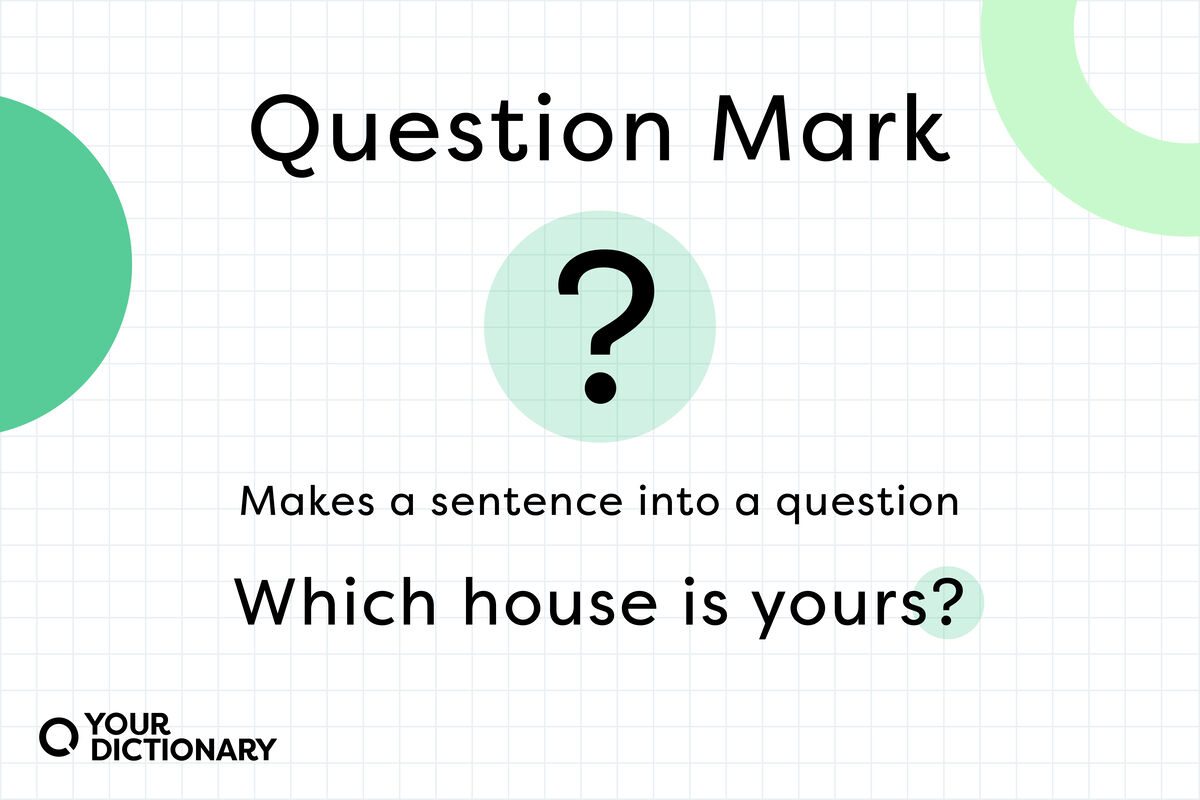

Question marks ask questions. That’s it, right? The answer’s right there in their name. But questions are only one of a question mark’s jobs — and if you’ve ever thrown a “?” without words into a text message (or even a “?!”), you know it’s true. Question marks can express everything from confusion to panic.
A question mark, sometimes known as an interrogative mark, is a squiggly line over a period that makes a sentence into a question. They reflect the higher inflection of a spoken question (when your voice goes up as you ask something).
You can create the question mark on most keyboards by holding down “Shift” and pressing the key with the question mark. If you’re texting, it’s on the number keyboard menu.
Like periods and exclamation points, question marks are end (or terminal) punctuation marks. You don’t need to put a period after a question mark — it ends the sentence all by itself.
To the average reader, the question mark looks a bit silly. It kind of looks like an “s” or a “q,” or even a curly exclamation mark. So where did this symbol come from?
One theory goes back to the Middle Ages, when people would indicate that their sentence was a question by writing the Latin word quaestio (“debate, question”) at the end. As that become a bit tiresome, they would write simply “qo,” which later became a “q” above an “o." Today, that “o” looks like a dot, and that “q” looks like a squiggly line.
There are a few more theories, including one that likens the question mark to the tail of a cat, and another that credits an advisor to Charlemagne with the punctus interrogativus. No one knows for sure — but that won’t stop us from using it properly.